First the United Kingdom, now in the United States. Members of the Indian diaspora are rising to power
It is said about the Indian diaspora in the Western world, whether they are first-generation immigrants or third or even fourth-generation immigrants, that they have a humongous amount of influence compared to the size of the ‘Indian’ community in those countries. In Kamala Harris, a half-Jamaican, half-Tamilian woman, a person of partial Indian ethnicity (Harris identifies as ‘Black’ despite being raised by her Tamilian mother) is rising to one of the most powerful offices in the United States (US) and many openly predict that this role is an audition for a potential run as President very soon. Harris also speaks fluent Sanskrit and Tamil and is believed to be a distant cousin of India’s Foreign Minister S Jaishankar. Along with Harris, we are now informed that over 20 Indian-origin members of the Biden-Harris Administration will start their jobs on January 20, and in doing so this administration has come a long way from the lily-White Trump Administration and even the Obama Administration where actor Kalpen Modi (stage name ‘Kal Penn’) was the most notable American of Indian origin. Harris however, is not the first Indian in a major office of state in a western nation, that would be the Indian-origin ministers in Boris Johnson’s Cabinet, Chancellor Rishi Sunak and Home Secretary Priti Patel. While we in India should feel proud of the achievements of our brethren on foreign shores, many of whom have overcome institutional racism to rise to the top, we must not forget a couple of things. While many of these people might be proud of their Indian heritage, none of them owe anything to the country of their origin. Indeed, if any of them come from lower down the social ladder in India, they might even have an antithetical view and might be hostile towards India.
In fact, it is very likely that Indian-origin politicians and bureaucrats in power in the West, might use that power to put a squeeze on Indian policymaking, indeed some like US Representative Pramila Jayapal have tried doing just that. That said, global realpolitik and the western world’s need to position India as a bulwark against China might make all this posturing a moot point. The Quad alliance between Australia, Japan, the US and India is a reality that will not go away. But, Prime Minister Narendra Modi’s miscalculation in supporting US President Donald Trump during his 2019 visit to Houston and Trump’s visit to India last year, might have potential after-effects for Indian policymakers going forward. And while celebrating the success of Indians in the US we must not forget a few realities that we tend to ignore. Many Indians tend to “ghettoise” when they go to the West, something clearly visible in cities like San Jose, California and Edison, New Jersey, it would be remiss of us in India to ignore this fact. It is also true that a vast majority of Indians in the western world are not just upper caste immigrants but also extremely insular. Indeed social caste mobility in India is easier than in communities who have immigrated to the West as their social outlook is stuck in the past while India has progressed.
(Courtesy: The Pioneer)







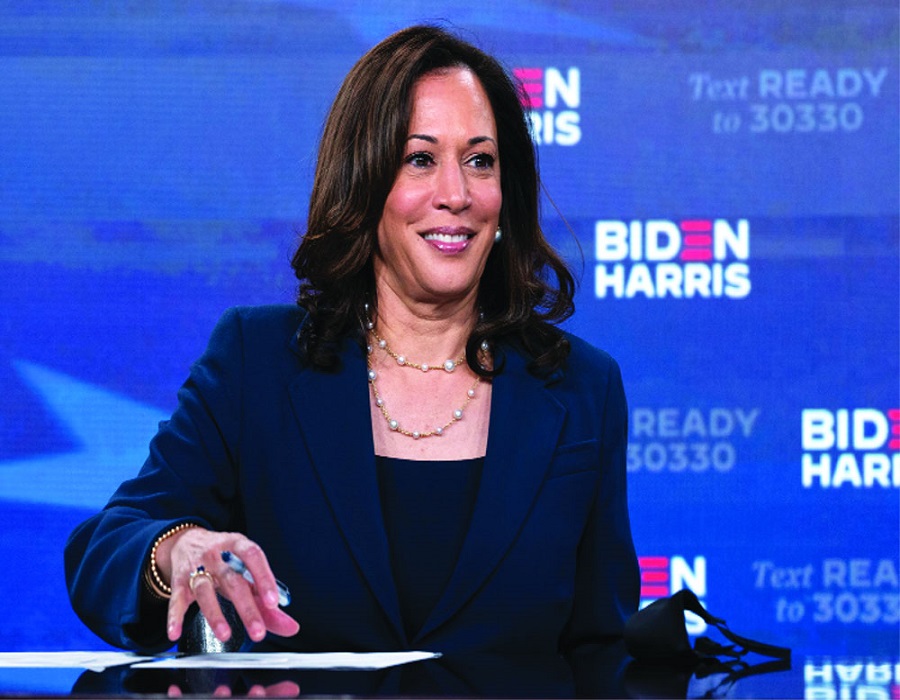
 OpinionExpress.In
OpinionExpress.In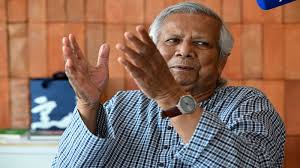
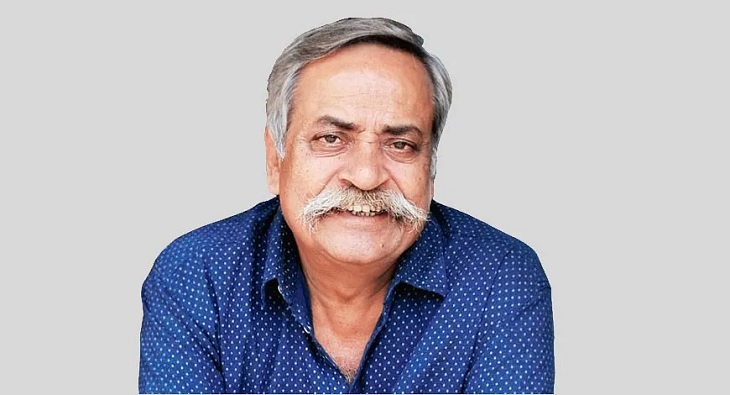

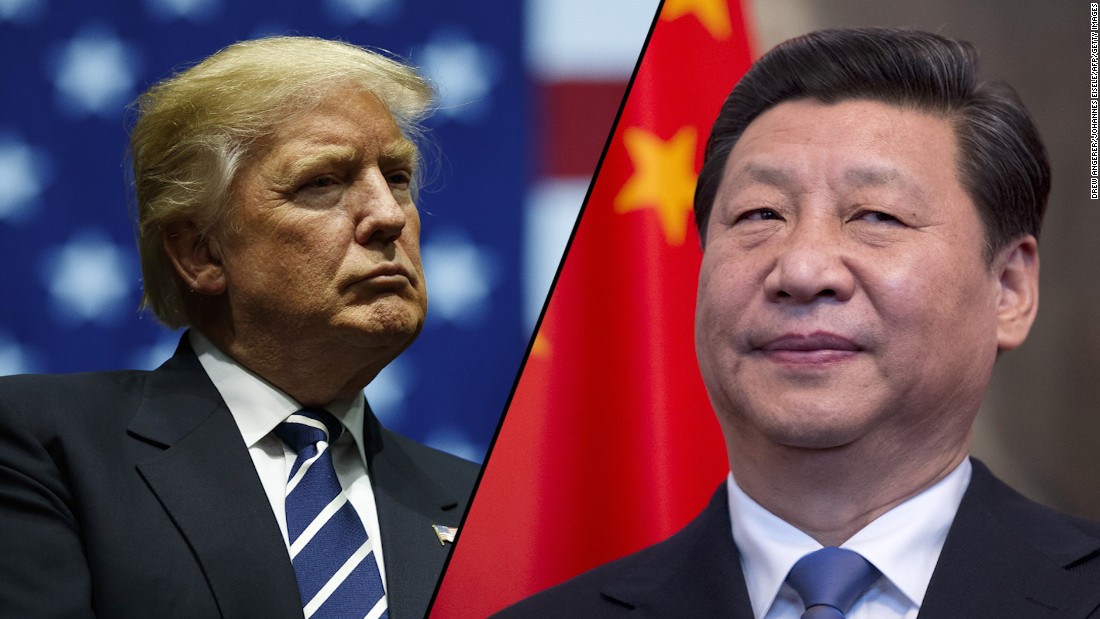
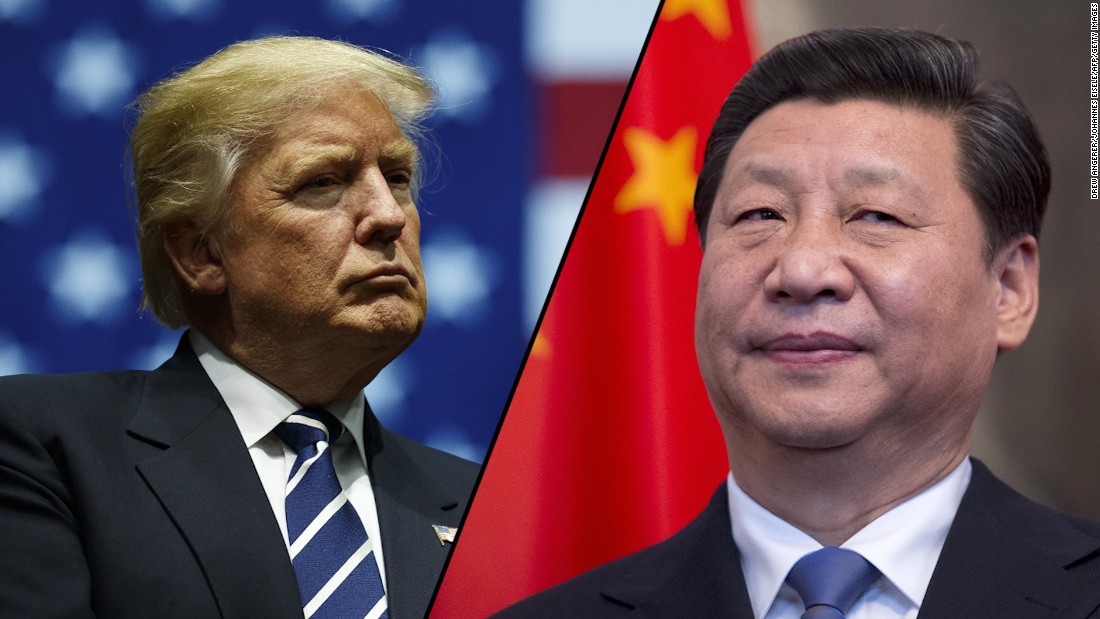
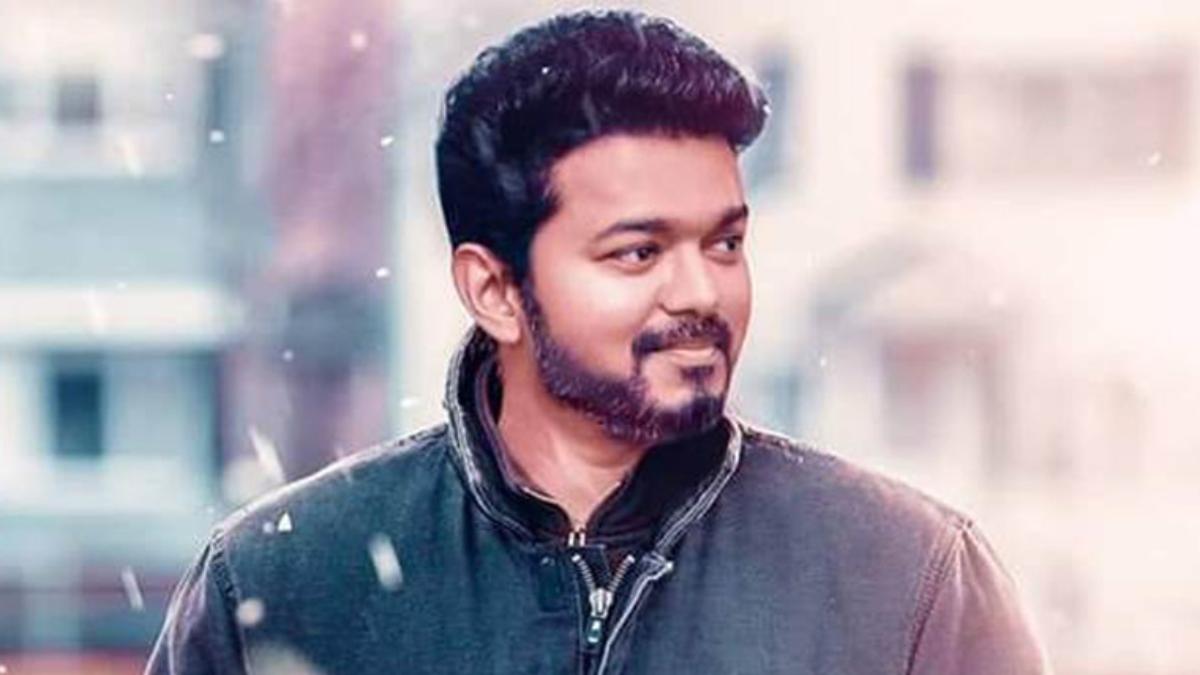



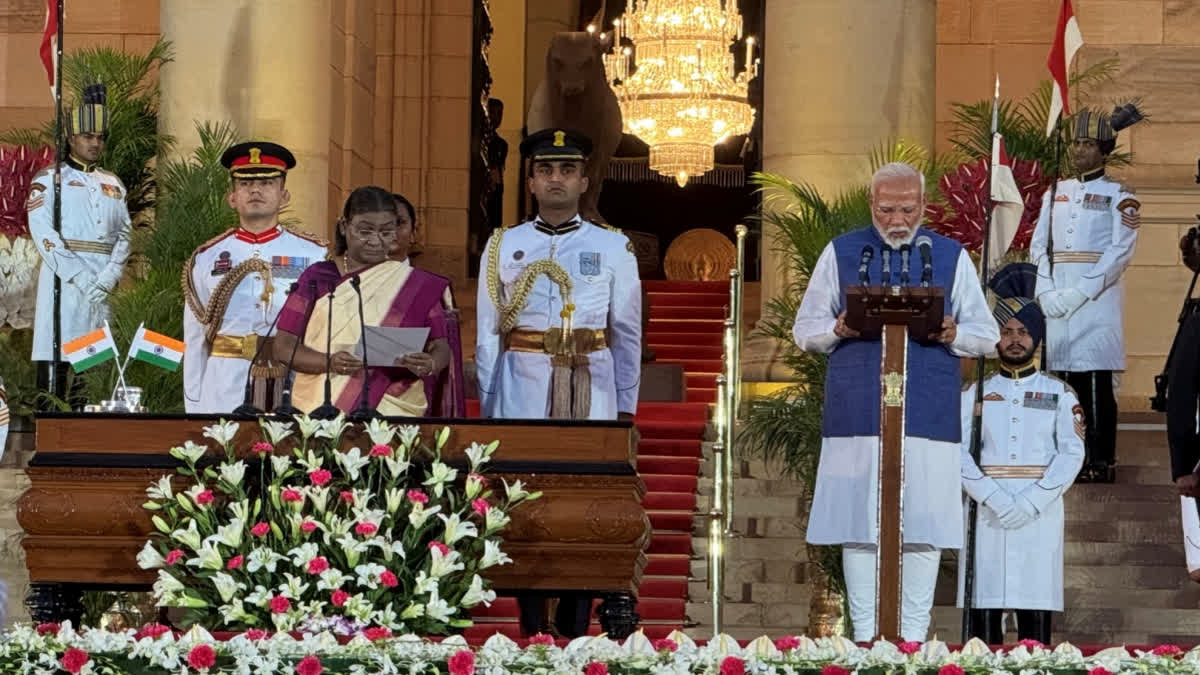






Comments (0)